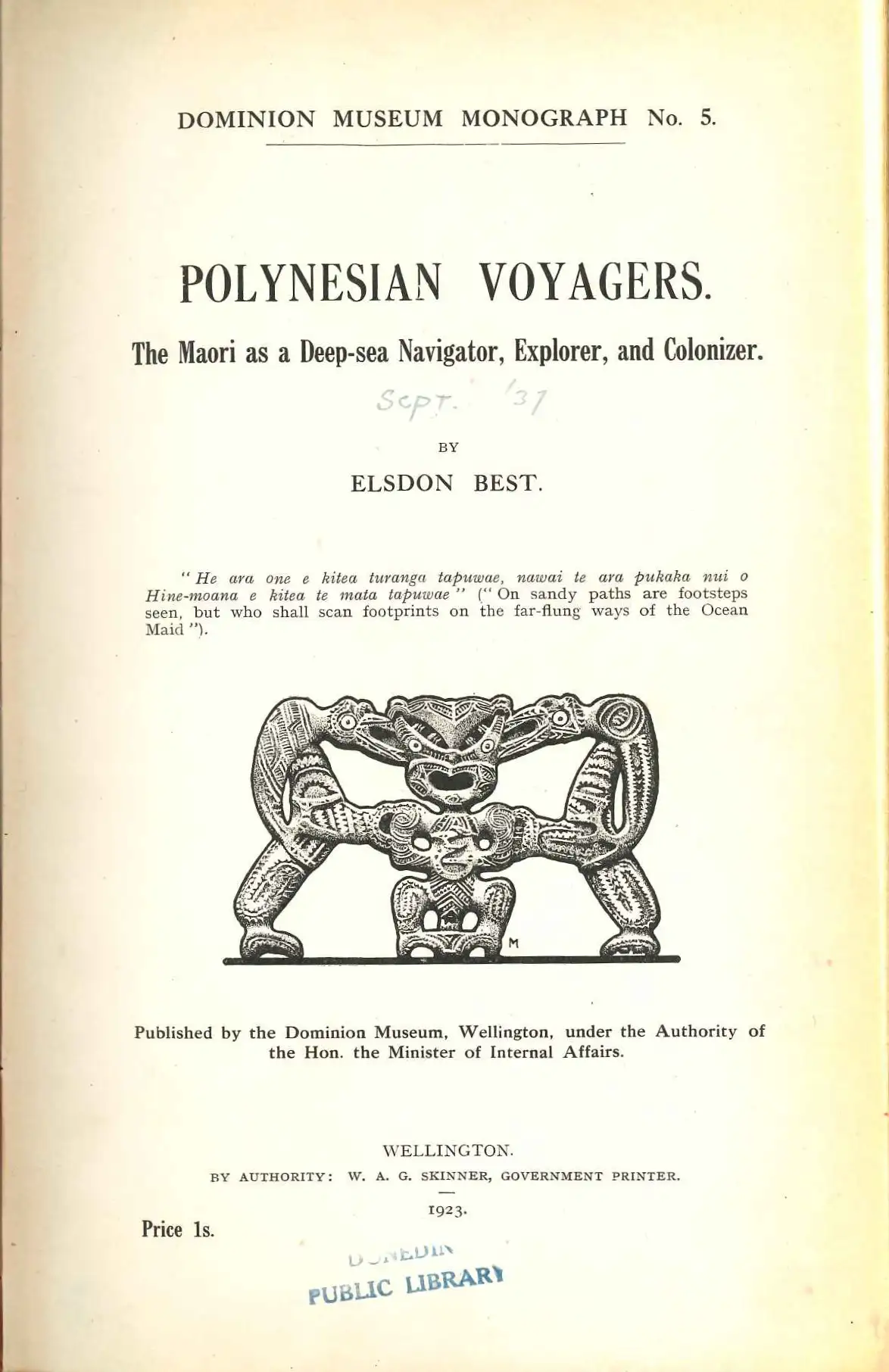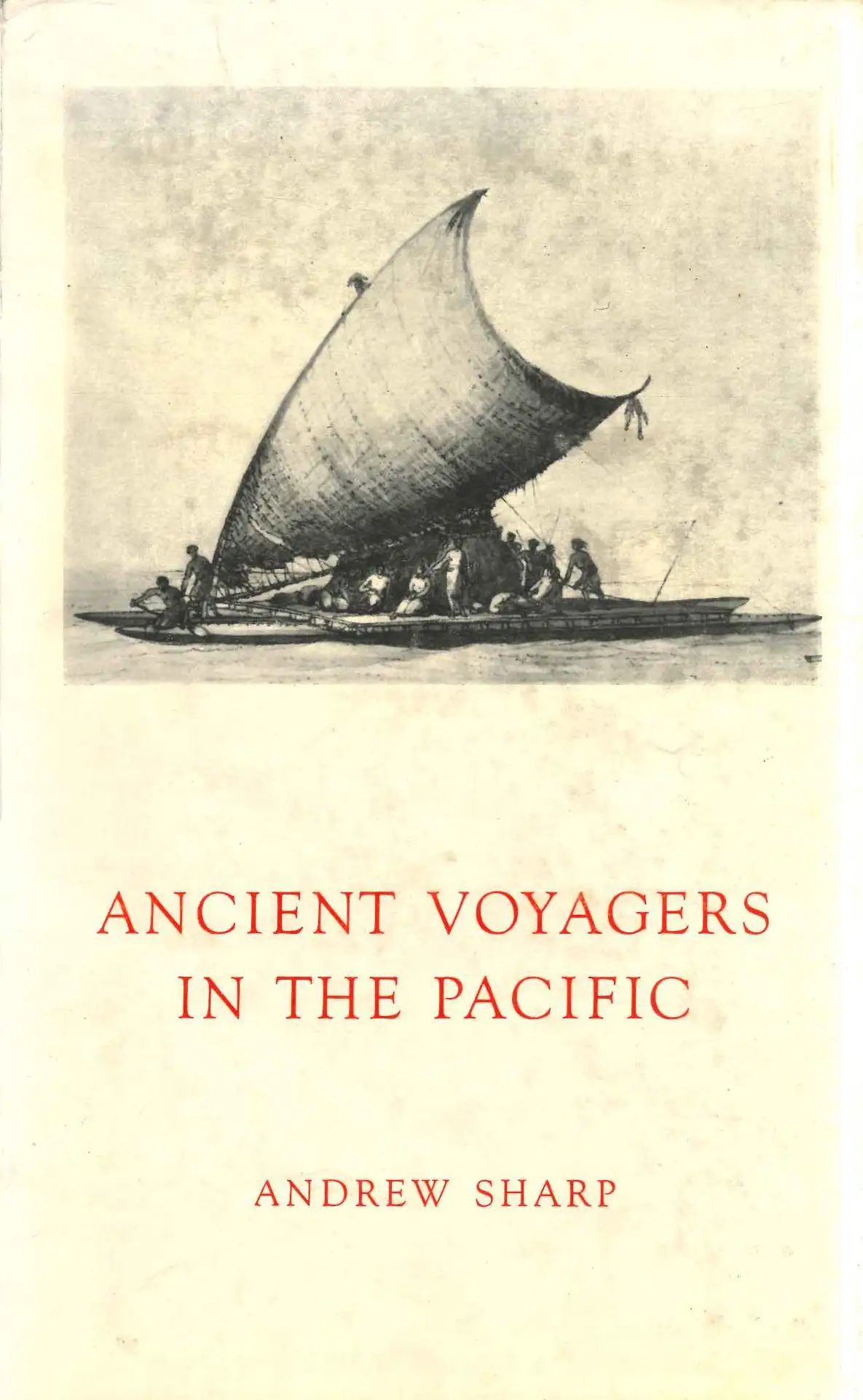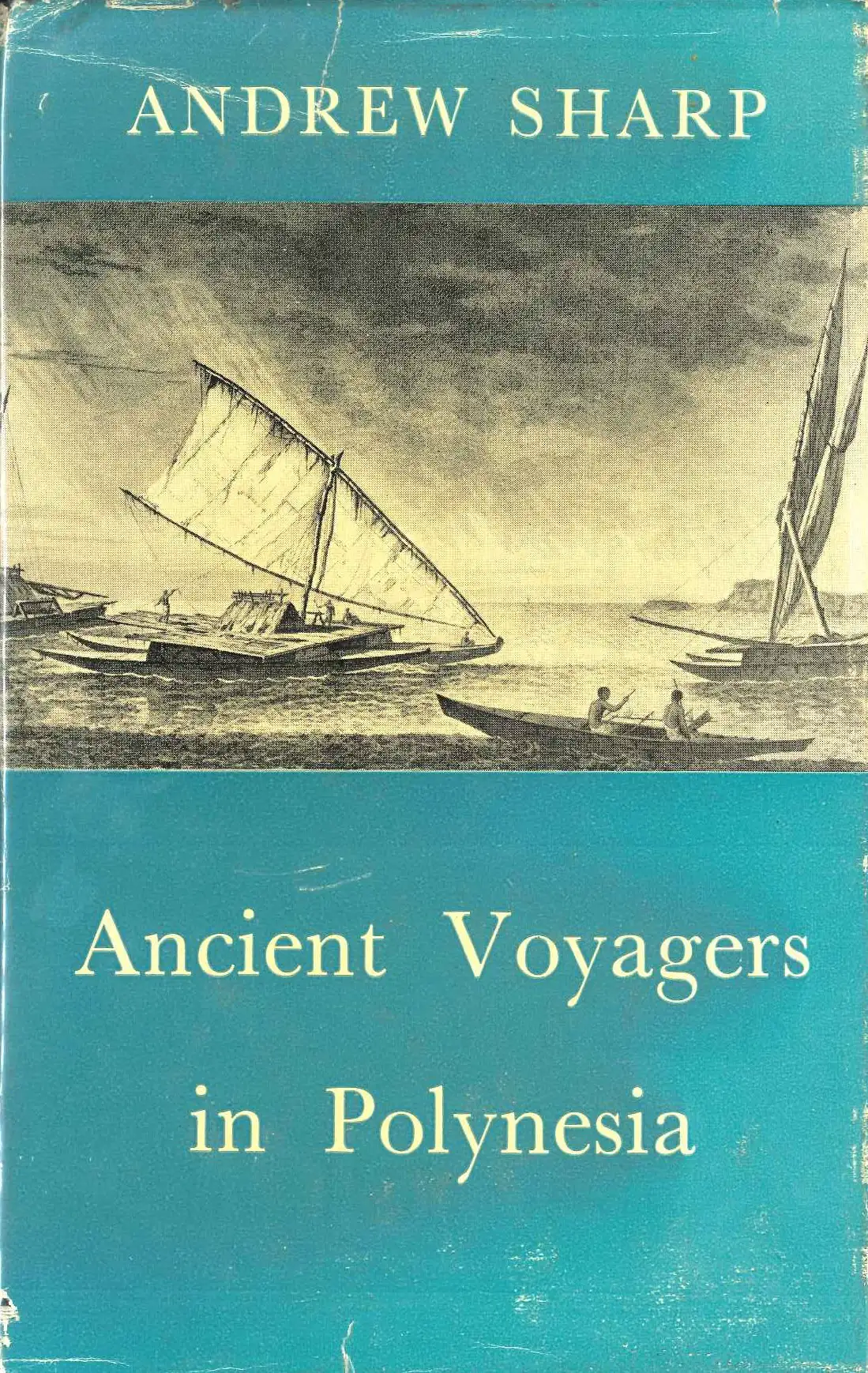Case 2
- Polynesian Voyaging, 20th century sources 1

Elsdon Best. Polynesian Voyagers: The Māori as a Deep-Sea Navigator, Explorer, and Colonizer. Wellington: Dominion Museum, 1923.
The New Zealand-born ethnographer Elsdon Best (1856-1931) spent years in close contact with Māori in the Urewera. Best was a colleague and friend of the ethnologist Percy Smith (1840-1922), the chief expositor of the ‘Great Fleet’ concept that became a feature of formal and informal learning in New Zealand, remaining in popular currency until the 1960s. Elsdon Best’s contribution to the concept was to enhance the story of the pre-Fleet Moriori and their demise at the hands of the Māori Fleet newcomers.
Best was however among the first to acknowledge the Polynesians as a race of deep-sea voyagers and navigators, drawing chiefly on mythology and legend in support of his arguments.

Elsdon Best. Polynesian Voyagers: The Māori as a Deep-Sea Navigator, Explorer, and Colonizer. Wellington: Dominion Museum, 1923.
Open image in new window

Andrew Sharp. Ancient Voyagers in the Pacific. Wellington: Polynesian Society, 1956.
In Ancient Voyagers in the Pacific (1956), revised and republished as Ancient Voyagers in Polynesia (1963), Andrew Sharp (1906-74) questioned the notion of Polynesians as great voyagers who had set out to explore and settle the Pacific. He instead proposed that settlement was the product of many accidental voyages, dependent on the vagaries of wind and current.
He claimed the canoes of the Polynesians were not seaworthy enough, and their navigational methods not developed enough for intentional exploration and colonisation. While recognising that Pacific voyagers could reliably navigate over shorter distances, Sharp concluded that all voyaging and island settlement was accidental for islands farther than 300 miles from their nearest neighbour.
His theories, although not entirely new, were considered controversial - but carried some weight at the time. It is now accepted that Sharp undervalued the navigational ability of early Polynesian sailors

Andrew Sharp. Ancient Voyagers in Polynesia. Auckland: Paul's Book Arcade, 1963
Andrew Sharp’s Ancient Voyagers in the Pacific (1956) was revised and republished as Ancient Voyagers in Polynesia in 1963.


